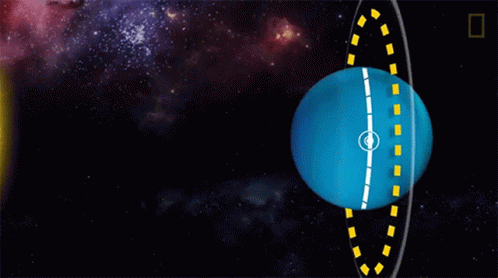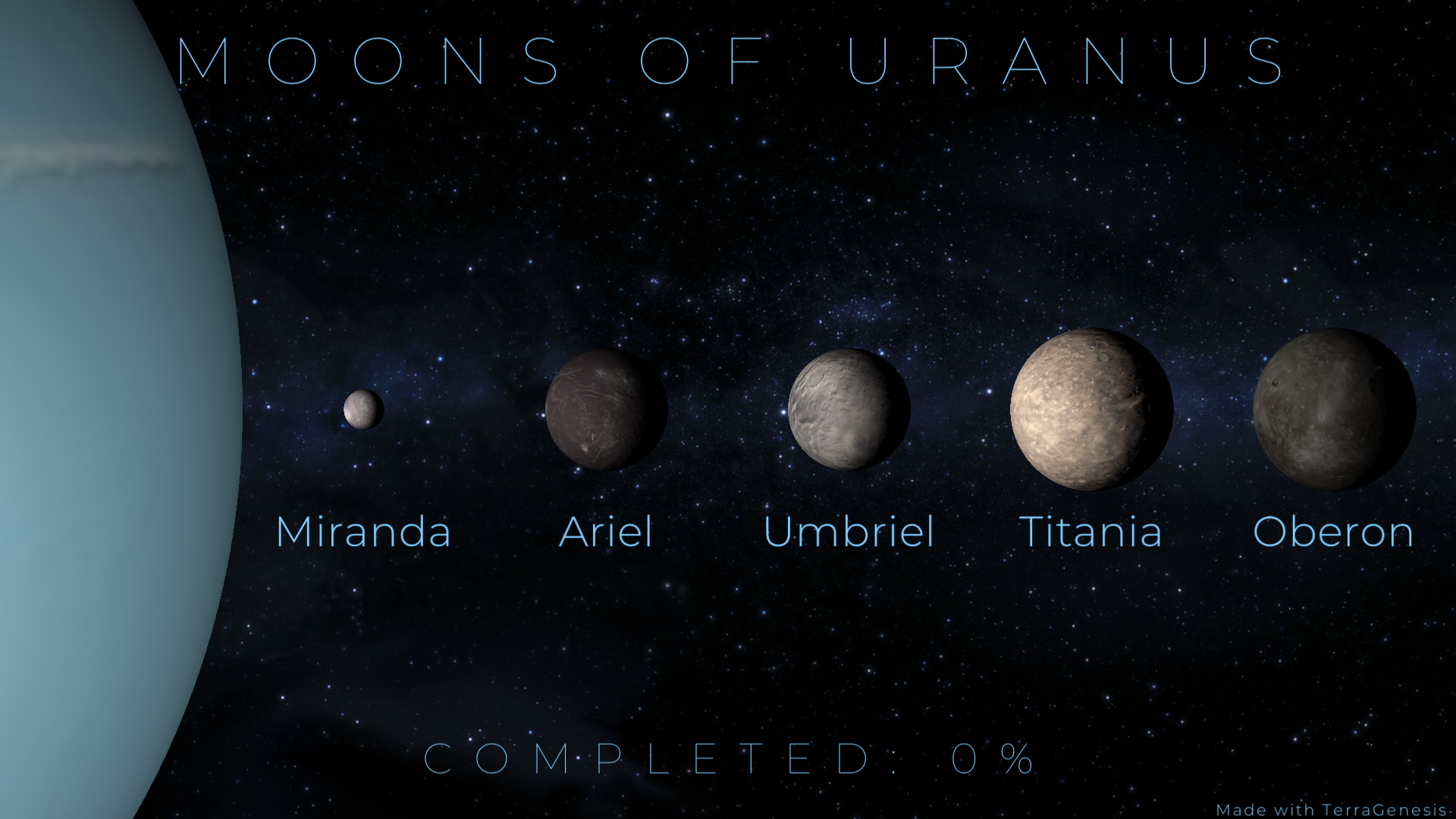
Unraveling Uranus: Discovering Its Fascinating Tidbits
Share
The solar system is a captivating place, filled with celestial wonders that continue to astound us. Among these celestial bodies is the seventh planet from the Sun, Uranus. Often referred to as the "Ice Giant," Uranus has a unique set of characteristics that make it a fascinating subject of study and exploration. In this blog, we will delve into some of the most intriguing facts about Uranus, shedding light on the mysteries that surround this enigmatic planet.
1. A Sideways Spin

One of the most distinctive features of Uranus is its extreme axial tilt. Unlike most planets, which have an axial tilt of less than 30 degrees, Uranus rotates on its side with an axial tilt of approximately 98 degrees. This means that the planet essentially rolls around the Sun on its side, causing its poles to receive more sunlight than its equator.
2. A Blue-Green World

Uranus is often described as a "blue-green" planet due to the presence of methane in its atmosphere. Methane absorbs red light, reflecting blue and green wavelengths back into space, giving Uranus its unique color. The exact composition of Uranus' atmosphere is still being explored, but it is believed to consist of primarily hydrogen and helium, with traces of methane and other hydrocarbons.
3. An Icy Giant

Uranus belongs to a class of planets known as "Ice Giants." These giants are distinct from gas giants like Jupiter and Saturn, as they contain a higher proportion of "ices" such as water, ammonia, and methane in their atmospheres. Beneath its gaseous envelope, Uranus is thought to have a solid core composed of rock and metal surrounded by a thick layer of icy materials.
4. Moons Galore

Uranus is orbited by a diverse family of moons. As of the latest count, it has 27 known moons, each with its own unique characteristics. The largest moons are named Oberon, Titania, Umbriel, Ariel, and Miranda. One of the most interesting facts about Uranus' moons is that they have intriguing names inspired by the works of William Shakespeare and Alexander Pope.
5. Rings of Surprises

Like Saturn, Uranus also boasts a system of rings, although they are less prominent and less well-known. These rings were discovered during a stellar occultation in 1977 and have been studied extensively since then. The rings are composed of dark particles, ranging in size from dust grains to boulders. The exact origin of Uranus' rings remains a topic of scientific investigation.
6. Extreme Weather

Uranus experiences some of the most extreme weather conditions in the solar system. Despite being far from the Sun, it has powerful winds that can reach speeds of up to 900 kilometres per hour. These high-velocity winds create massive storms and turbulent weather patterns. The seasonal changes on Uranus are also remarkably long-lasting, with each season lasting approximately 20 years.
7. Voyager 2 Encounter

The only spacecraft to have visited Uranus is NASA's Voyager 2. In January 1986, Voyager 2 flew by Uranus, providing us with our most detailed images and data to date. The flyby revealed new insights into the planet's atmosphere, rings, and moons, but many mysteries remain. Scientists hope for future missions to further explore Uranus and unlock its secrets.
Uranus, with its unique characteristics and enigmatic nature, continues to intrigue astronomers and space enthusiasts alike. Its unusual axial tilt, blue-green hue, icy composition, diverse moon system, mysterious rings, extreme weather, and limited spacecraft encounters all contribute to its allure. As we continue to push the boundaries
You’ve come this far…
Why not venture a little further into A.S.S. - our exclusive Australian Space Society.
And keep thrusting Australia into the deep unknown…
#Space_Aus




